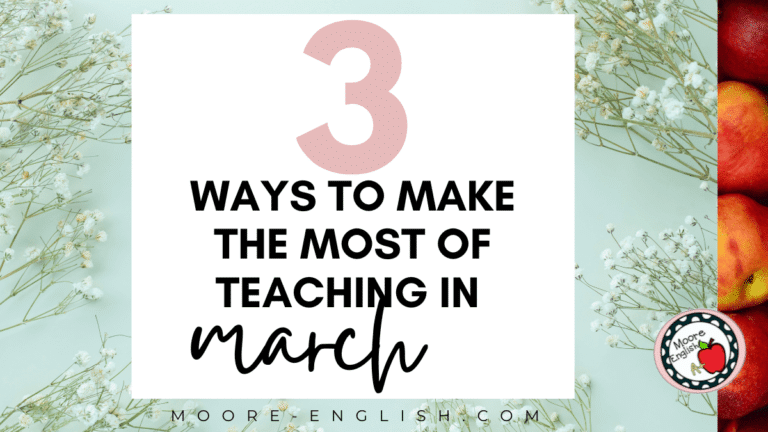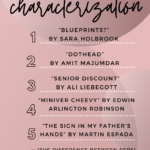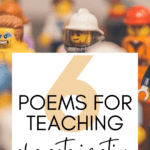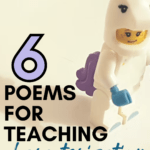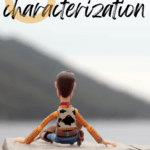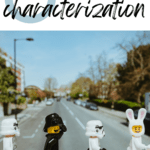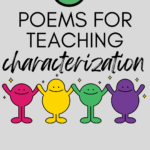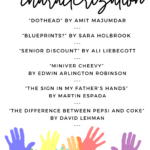I’m fortunate enough to teach in a building with a built-in intervention block. Even though the block is short, it is valuable time to help students focus on skill building and development. Because the block is so short, I often use poems to zero in on specific skills and strategies.
In the past, I’ve shared collections of poems to focus on teaching main idea, inference, text structure, and story elements. And today I want to share a collection of poems that can be used for teaching characterization and character development. These are poems I selected with my ninth and tenth grade students in mind.
This post this post may contain affiliate links. Please read the Terms of Use.
Dynamic Characterization
When I introduce my students to characterization, we start with static/dynamic and flat/round characters. By ninth and tenth grade, these are familiar terms even if students can’t quite remember why. At the high-school level, it’s my job to help students see the relationship between a character’s development and the author’s purpose.
For this reason, it’s often easiest to begin with dynamic characters because readers want to see characters change and evolve. For students, a character growing in a positive way is often more comforting or familiar than one that never grows or refuses to grow (think Okonkwo or Gatsby). Plus, it’s easier to help students see the connection between characterization and theme when the characters are dynamic.
Here are two poems with dynamic characters:
- “Blueprints?” by Sara Holbrook is a great starting point for students new to analyzing character. The first-person point of view and language make this poem an ideal starting point. The speaker’s use of questions also makes this a good text for analyzing syntax. While I have to admit that I knew Holbrook from her professional development books High Definition and Practical Poetry, this poem has quickly entered my collection. Read the poem here.
- “Dothead”by Amit Majumdar is a poem I first encountered a few years ago when I was researching for a World Literature course. While I ultimately decided not to teach “Dothead” in that course, it’s a great text for helping students analyze characterization (and the entire collection is a must read for poetry fans). The speaker’s character arc is endearing and relatable. Overall, this is a great poem for helping students see the importance of characterization. Read the poem here.
Static Characters
While readers often long for characters to grow and change, some characters stubbornly refuse to develop or progress (Brutus, anyone?). When helping my students analyze characterization, the move from dynamic to static is important. Analyzing static characters can often require a higher degree of sophistication because the author has to signal a main idea without positive actions from the character.
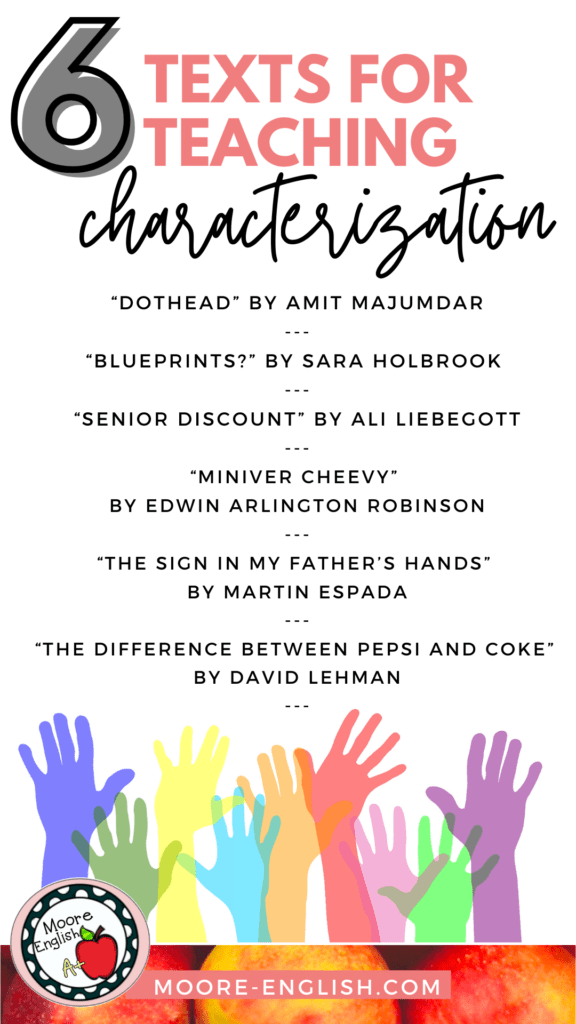
Perhaps no poet handles static characters better than Edwin Arlington Robinson. For example, “Miniver Cheevy” seems incapable of making changes that might bring him peace. He chooses to only look back to the past and, as such, can see no meaningful future for himself. “Richard Cory” and “Luke Havergal” are two more of Robinson’s famous misanthropes that would work for analyzing character. Get my resources for all three of these character studies in my Edwin Arlington Robins bundle; it’s such a good deal that you get three resources for the price of two!
Unlike Edwin Arlington Robinson, Ali Liebegott creates static characters without tragedy. In “Senior Discount,” Liebegott creates a speaker who is warm, relatable, and almost cozy. Even though the character does not grow or evolve in the poem, it’s clear to readers that the character has reached a comfortable situation. Of the poems on this list, this poem is my favorite! Check out my resources for teaching this poem!
Ambiguities in Characterization
As students grow in their ability to analyze character, I start to introduce characters with more ambiguous motives. Here are two poems that work well with the gradual introduction of deliberate ambiguity:
Firstly, “The Sign in My Father’s Hands” by Martin Espada does not seem like an ambiguous poem. For an adult, the poem is fairly straightforward. But students often struggle with this poem a little more because the speaker is unreliable, and the historical context plays a significant role in the text. The social justice context of this poem also makes it powerful and relevant for students. One of my grad school teachers suggested the class read Espada’s collection Imagine the Angels of Bread, and I’m the kind of nerd that does suggested reading. There’s also a great interview between Espada and Luis Urrea that works well with this poem.
Finally, “The Difference Between Pepsi and Coke” by David Lehman is a good poem for helping students analyze characterization. Of the poems on this list, this one is probably the most challenging because, initially, it doesn’t seem to be about anything. Unlike “Richard Cory” or “The Sign in My Father’s Hands,” it doesn’t feature monumental moments. Instead, it’s a poem composed of moments, glimpses, and impressions. As a result, it gives a complex picture of Pop (get it?) without offering definitive judgements. Read it here.
Most of these poems are included in my Characterization Bundle. To purchase each poem would be $15, but with the bundle, you get one poem for free and also get 10 bonus synthesis writing prompts and rubrics! I have also added a free unit planner with suggested pacing! Check the bundle out here!

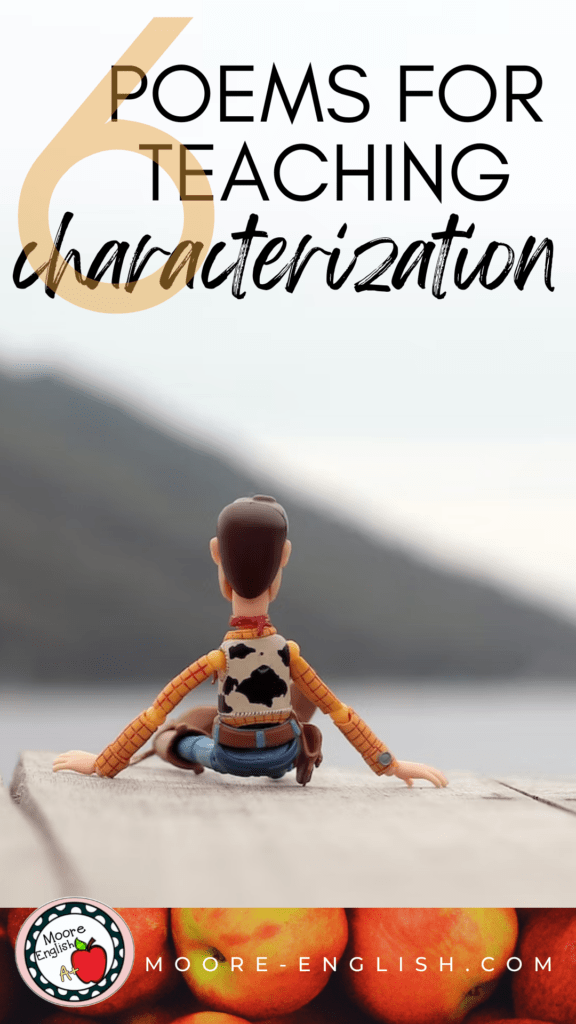
Artwork by Pigknit and Coffee Beans and Children’s Dreams





